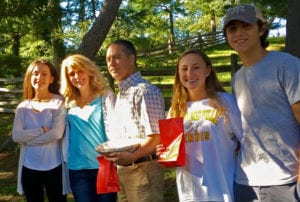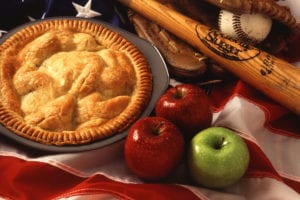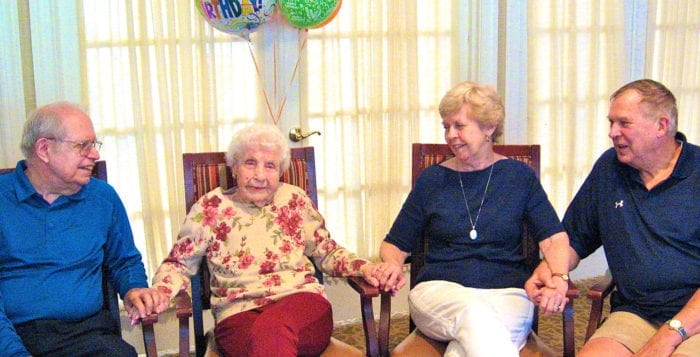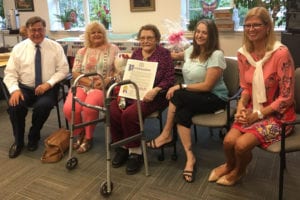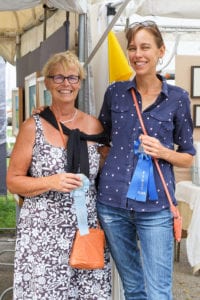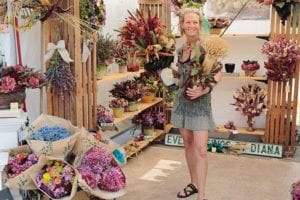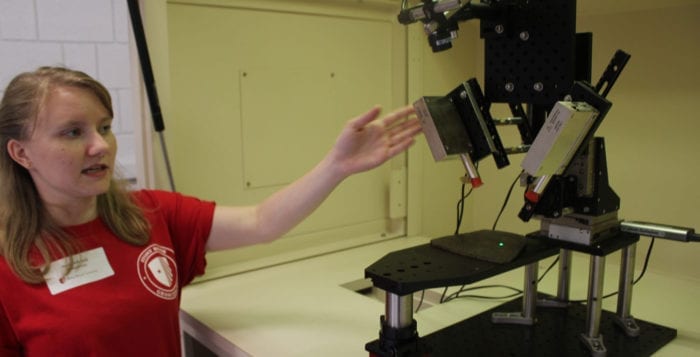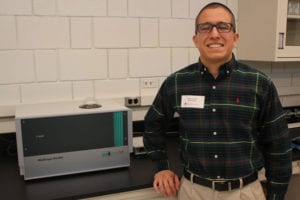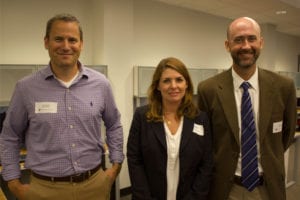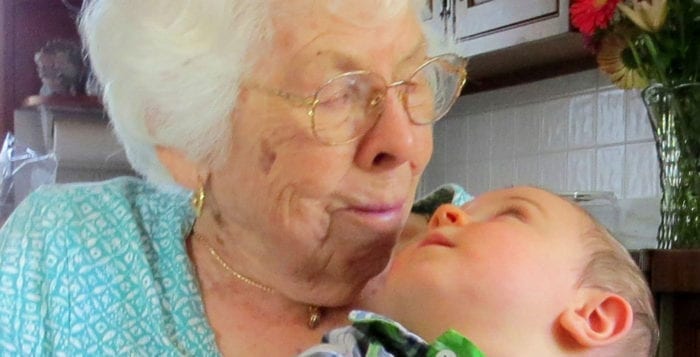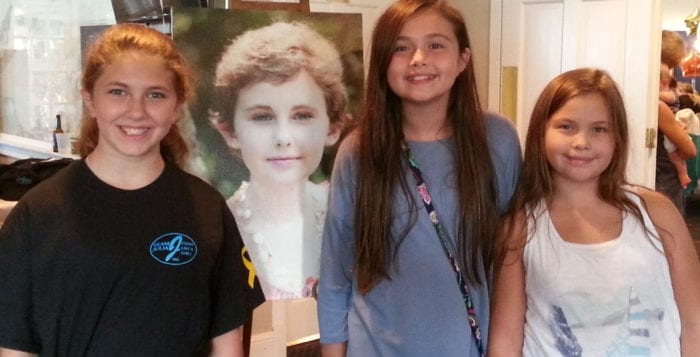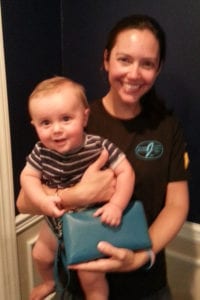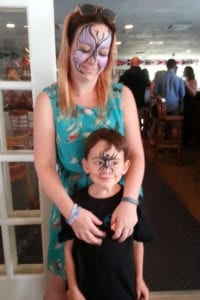By Bruce Stasiuk
We were talking about our schooling …
Remember the names of Columbus’ ships, anybody? Yes. Of course you do. Everyone in this overflowing audience knows the three names. Furthermore, you all know them in the same order. Good for you! Doesn’t matter where you went to school — from the Redwood forest, to the Gulf Stream waters, to the New York island, those names were taught to you and me — and in order!
Quite an achievement. Or, is it? Of what educational value are those three names? Virtually none, except maybe to a contestant on Jeopardy. But students are in real jeopardy if we continue to consume their limited school time with pointless facts, trivia, backward thinking, and low-level knowledge.
I dub it the “Nina Pinta and Santa Marianization” of our schools. Let’s sail back in time to Columbus. The big date — you know, it rhymes with “ocean blue. What was going on in the world during that era? Was there a printing press? Was there a global power? Were there wars going on? (Good guess. Seems there’s always a war going on somewhere.) Was his trip around the time of the Great Potato Famine or the Black Death? How long would the journey take and how was it estimated? What provisions did Columbus need to stock in order to survive the journey? How did the food not spoil? How much water could be used each day by each person and animal? How many men and animals should be boarded, realizing that each man and animal consumed food and water and made the living quarters tighter? What if winds were becalmed in the Horse Latitudes and the ships barely moved? Did they need weapons, and if so, why?
How many of us considered those questions in school? The teachers didn’t ask them, nor did they know the answers. Remember, teachers are a product of the schools themselves. They are primarily people who succeeded in school, liked it, and went on to do it — not change it. They are educational conservatives.
During the eight years I directed a class for teachers, I’d give them a test developed from fourth- and fifth-grade books. Not one teacher ever came close to passing. I’d tell them that they were either not very bright or that the material we’re teaching our kids is irrelevant to a functioning adult.
So, what if our educational system comes to its senses and realizes that constructive destruction of curriculum and teaching methods is necessary, and Common Core was not a common cure? What should we teach? Here’s a start:
Personal finances. Every school should create a bank where students have the option to invest by purchasing shares. The bank would issue loans to students and would require a student co-signer. Interest would be added to the loan reflecting the amount and length of loan. Credit rating would be developed. [Yes. I’ve done it and it works.]
What is fire, auto, and life insurance — and how do they work?
The art of being skeptical without being a skeptic. Time. What it is and how to manage it.
Relationships: What are they? How do they develop? And what is their value? Introductions: How to offer and receive.
Black boxes in airplanes and cars. What do they reveal? What are mortgages? Why do they exist?
Waste management. Where does garbage go? What are sewers and cesspools? [Water, water … not everywhere.]
Logic and reasoning with and without Venn diagrams. The art of questioning and the value of wrong answers.
The media. What it is, how it works, and the choices it makes. The illusions in movies and TV through editing, music, and more. PG-13: How and why things are rated. The goals and methods of advertising.
A school farm with irrigation. Students would have scheduled time working on the farm. A student and adult committee would handle the summer months. Kitchen duty with student assignments. Custodial duty with student chores.
The science of raising, preparing, and cooking food. The food we eat: Where does it come from? What is a hamburger bun?
Negotiating and compromising. Shipping and transportation. The evolution of things: the medicine bottle, the telephone, the sneaker, etc.
Dilemmas: how can Italy, the world’s biggest exporter of olive oil, also be the world’s biggest importer? Is there such a thing as too much?
Plumb lines, centers of gravity and sea level. Architecture, engineering, stacking blocks. Physics is everything. How technology affects our lives.
Language travels with us but never reaches a final destination.
Objects: magnifying glasses, prisms, levels, stethoscopes, magnets, ball bearings. The magic of perimeters. Zero-sum games.
The gift of failure, and the hardship of failure-deprived people. Thinking about what others are thinking by using game theory.
Your body: A user’s manual.
Bruce Stasiuk of Setauket continues to teach. He currently offers workshops as an instructor in the Osher Lifelong Learning Institute, located at Stony Brook University.




